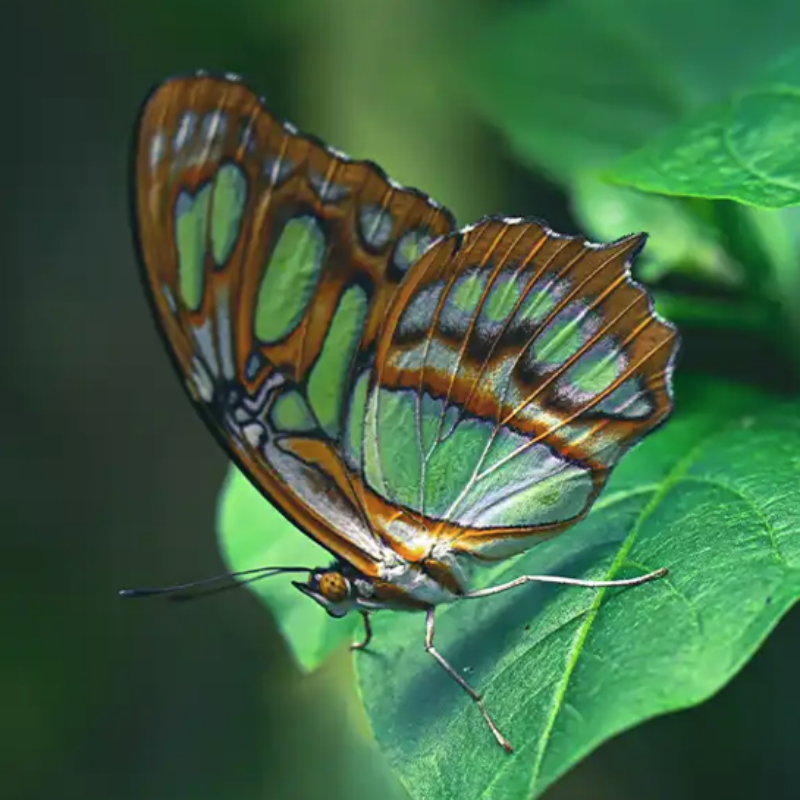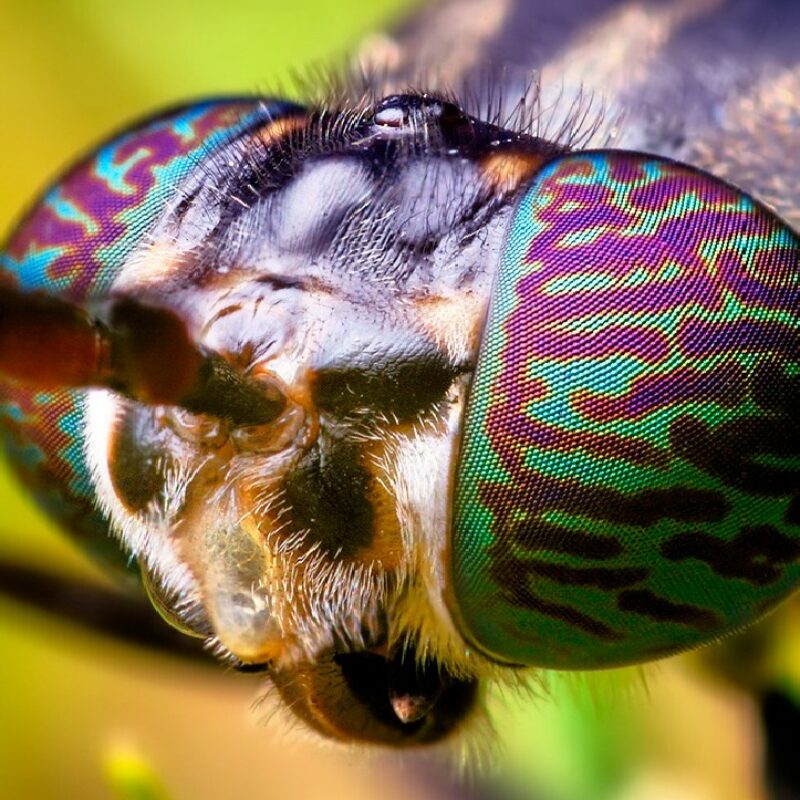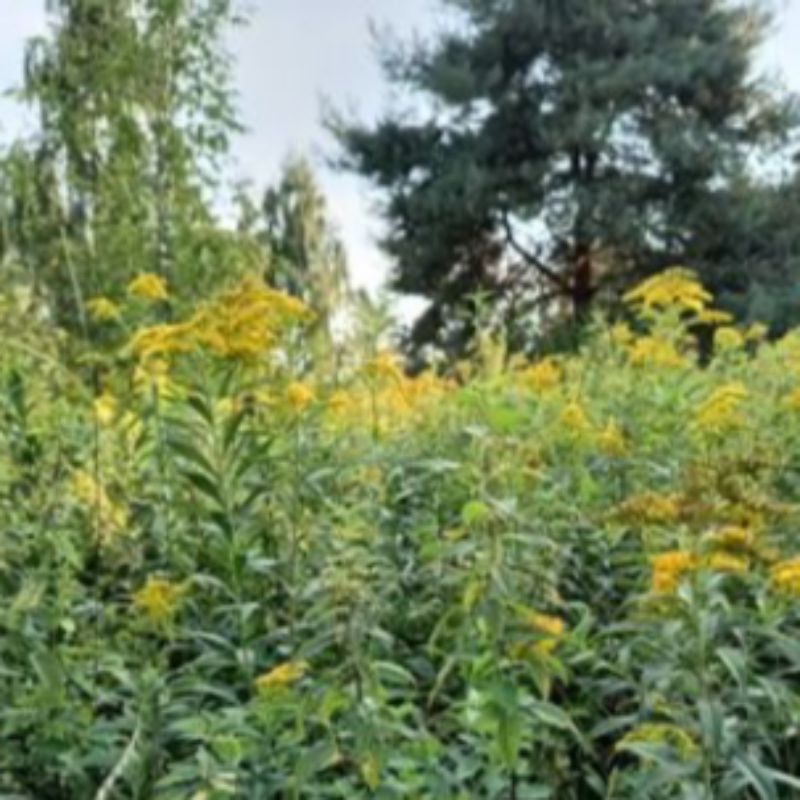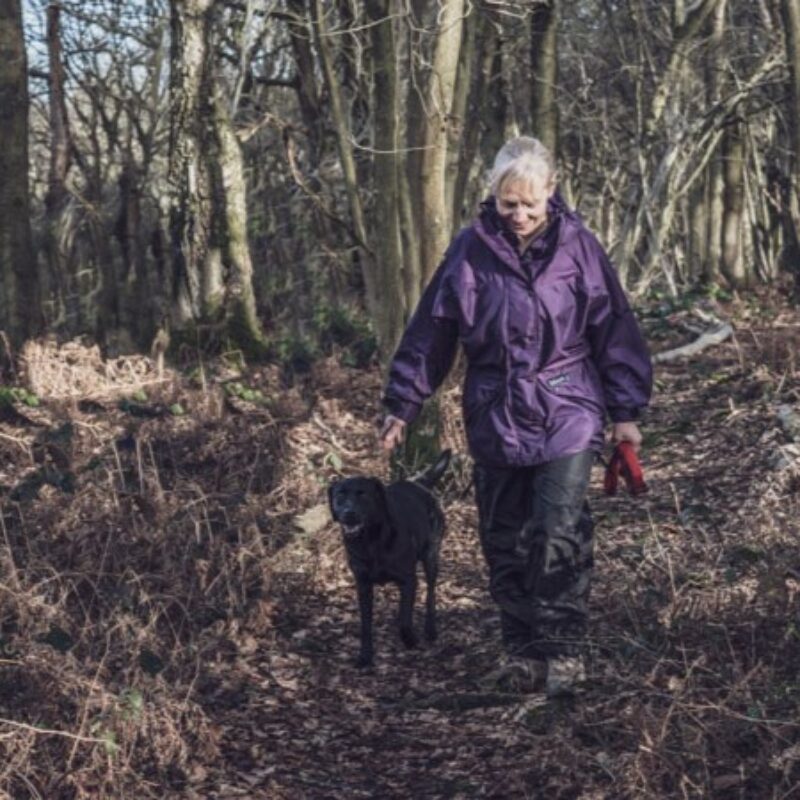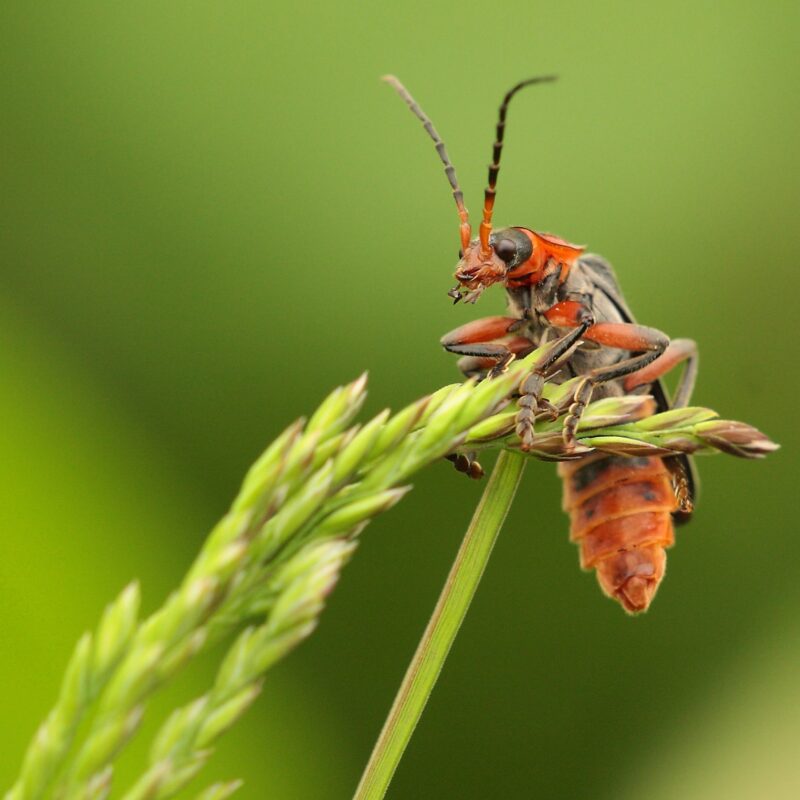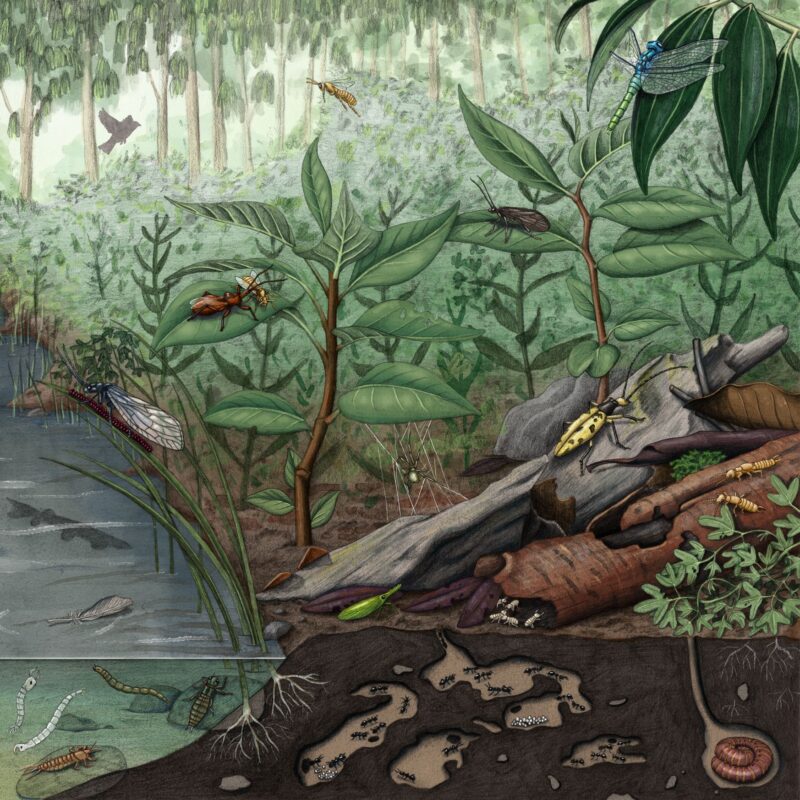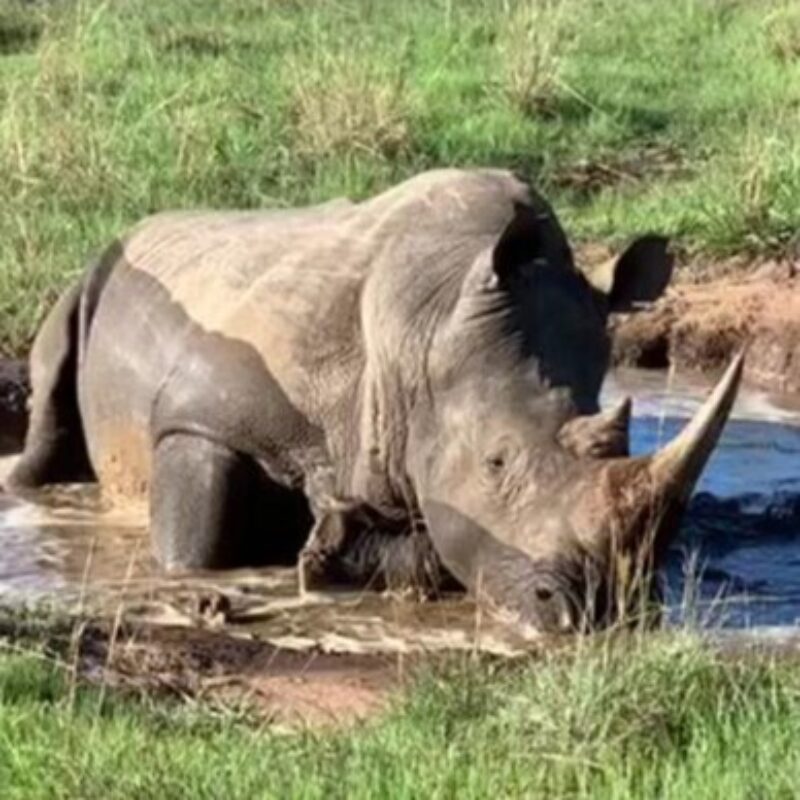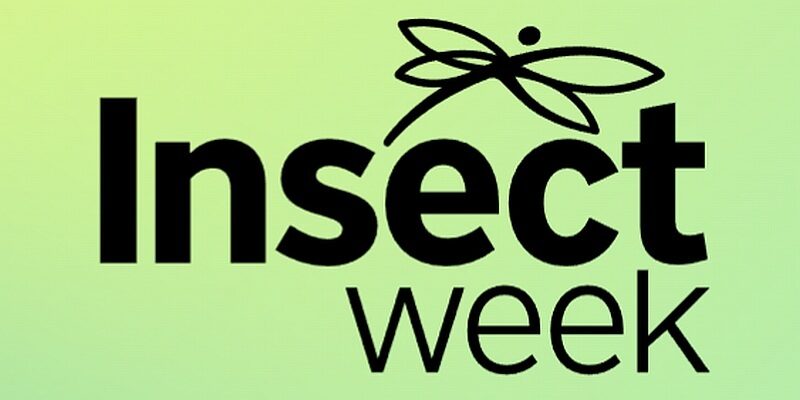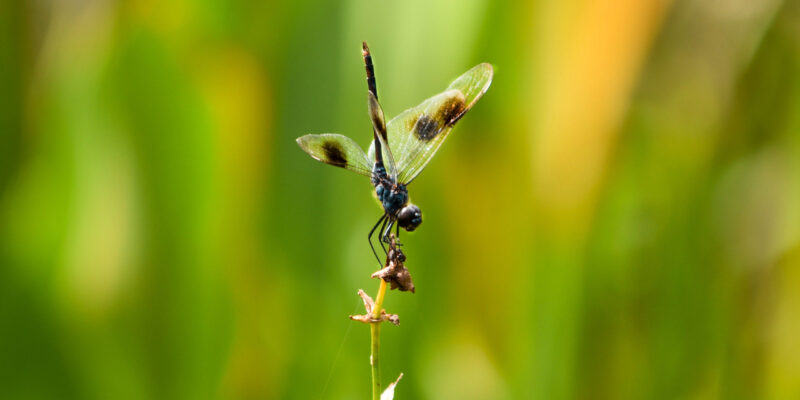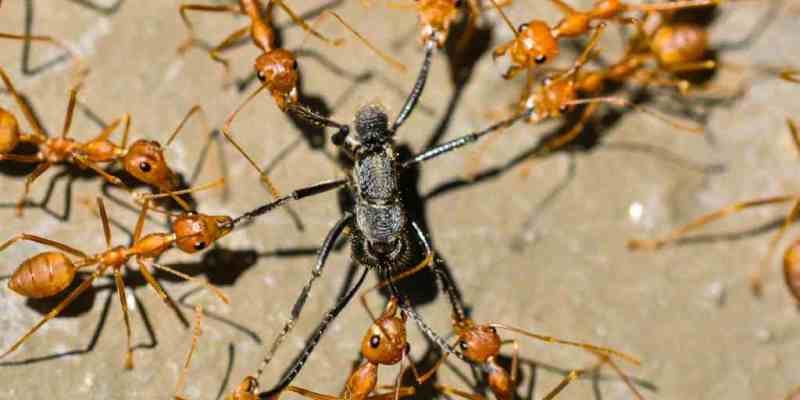RES Insect Identification Handbooks – expanding our reach
RES Insect Identification Handbooks – expanding our reach Expanded scope Fungus Gnats – RES Identification Handbook The RES Handbooks are an established, well-respected series of insect identification guides which have been published since 1949. We have recently partnered with CABI as our publisher, and we have some exciting plans for the future…
New Years Honours for RES Fellows
Professor Lin Field Hon.FRES Professor Rosemary Collier FRESThe Royal Entomological Society is delighted that two outstanding entomologists have been named in the 2025 UK New Year Honours List. Professor Lin Field, Honorary Fellow and former President of the Royal Entomological Society, has been awarded a CBE. Lin is an insect…
Special Issue: Advances in insect biomonitoring for agriculture and forestry
Advances in insect biomonitoring for agriculture and forestry Editors: Jordan Cuff, Allan Watt, Adam Vanbergen, Laurel Haavik & Christopher Ranger We are excited to announce a new Special Issue in Agricultural and Forest Entomology, highlighting advances in how we monitor insects in production systems.Biomonitoring of insects is crucial for controlling pests and preserving…
What do entomologists think about insect welfare?
What do entomologists think about insect welfare? As we gain a better understanding of insects’ cognitive capacities, there is increasing interest in insect welfare—that is, what’s good and bad for individual insects. In a study published in Ecological Entomology, researchers Meghan Barrett, Merritt Drewery and Bob Fischer report the views…
RES Journal Awards 2021-2023
RES Journal Awards 2021-2023 We are delighted to announce the winners of the Royal Entomological Society Journals awards. These awards have been given to the best articles led by early career entomologists, published during 2021-2023. The winners were selected by the Editors-in-Chief of each journal using set criteria. Competition was tough,…
Can sown wildflowers compensate for cities’ lack of natural meadows?
Can sown wildflower meadows replace natural meadows in urban spaces for bees, butterflies, and hoverflies?Figure A: Natural meadowsIn a study published in Ecological Entomology, researchers assessed whether a shortage of natural meadows in urban spaces for pollinating insects might be addressed by creating meadows where wildflowers are planted or sown…
RES is delighted to partner with Paramo Clothing
The Royal Entomological Society is delighted to partner with Paramo Clothing. With an international community of over 2,500 insect scientists, many of whom work out in the field, leading ethical clothing partner Paramo will provide real value with exclusive discounts for the RES membership, and day-to-day protection from the elements.The…
OA week 2024 – The importance of Society journals
What is Open Access?It’s Open Access Week!Open Access (OA), when applied to peer reviewed research, means that content is free to access by anyone, without the need to pay. Importantly, it also means that it is free to distribute and reuse under some form of creative commons licence. This contrasts…
Fossil sawfly discovery 16 million years in the making
A new exceptionally preserved sawfly fossil (Hymenoptera: Pergidae) and an evaluation of its utility for divergence time estimation and biogeography, the find is the first of its kind in Australia, and sheds new light on the co-evolution of insects and toxic plants.CSIRO research scientist Dr Juanita Rodriguez and Dr Michael…
Insects from the bodies of illegally hunted rhinoceros may provide valuable forensic information
Post-mortem interval determinations using insects collected from illegally hunted and dehorned rhinoceros in the Republic of South Africa from 2014 to 2021.PRESS RELEASE 10/09/2024A total of 6684 rhinoceros were poached in South Africa during 2014 to 2021.Insect evidence collected from 19 poached rhinoceros was analysed by the Forensic Entomology laboratory…

